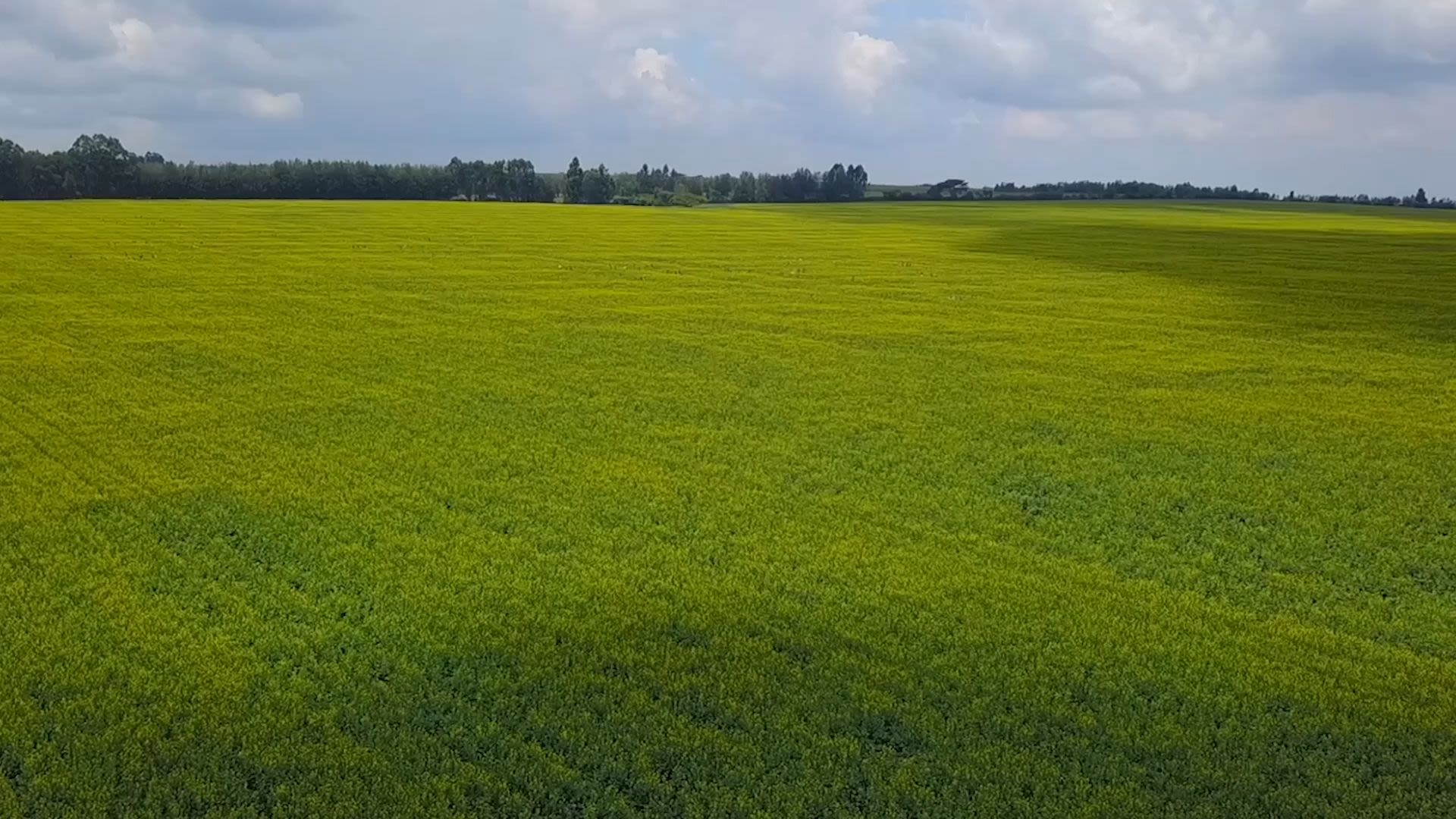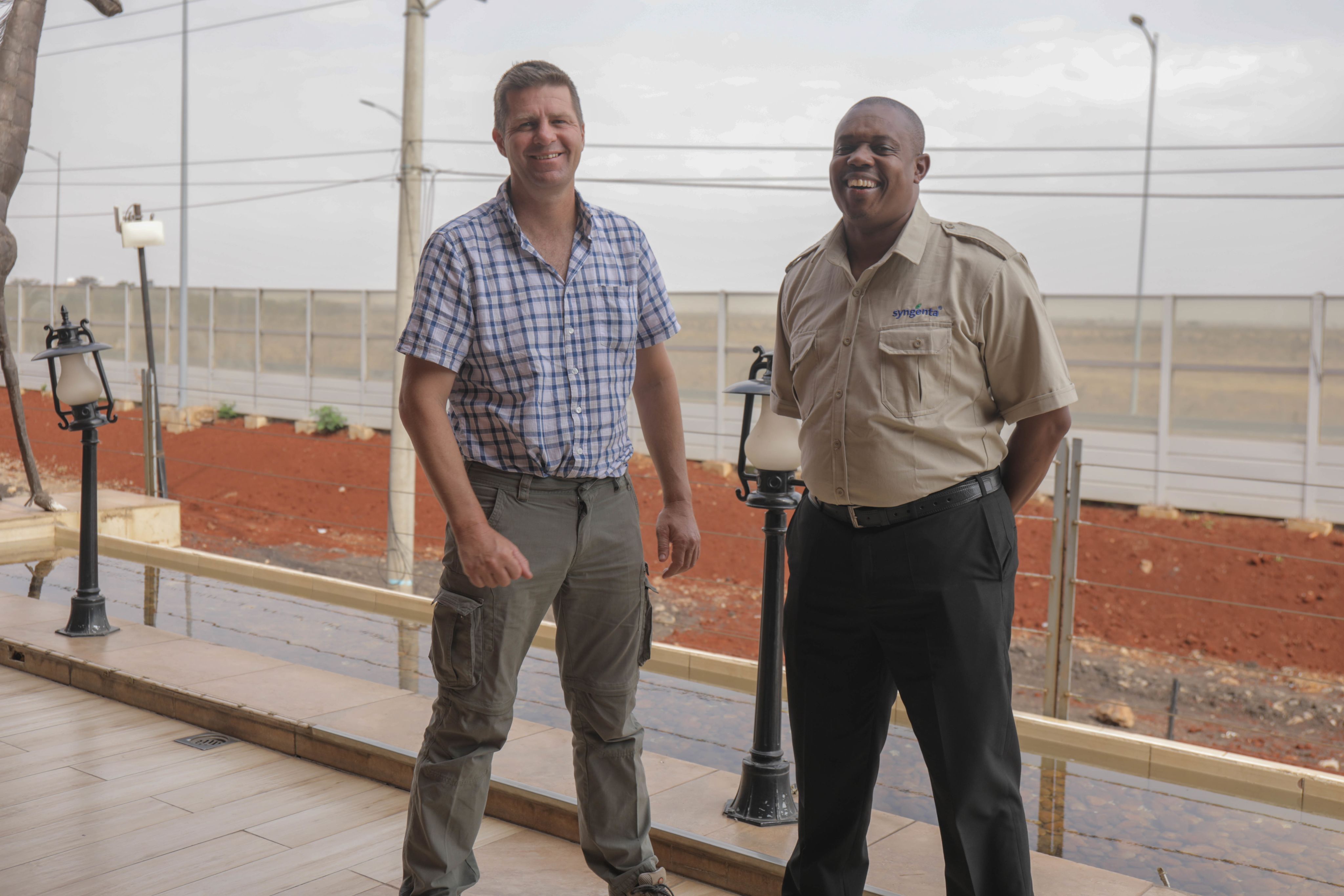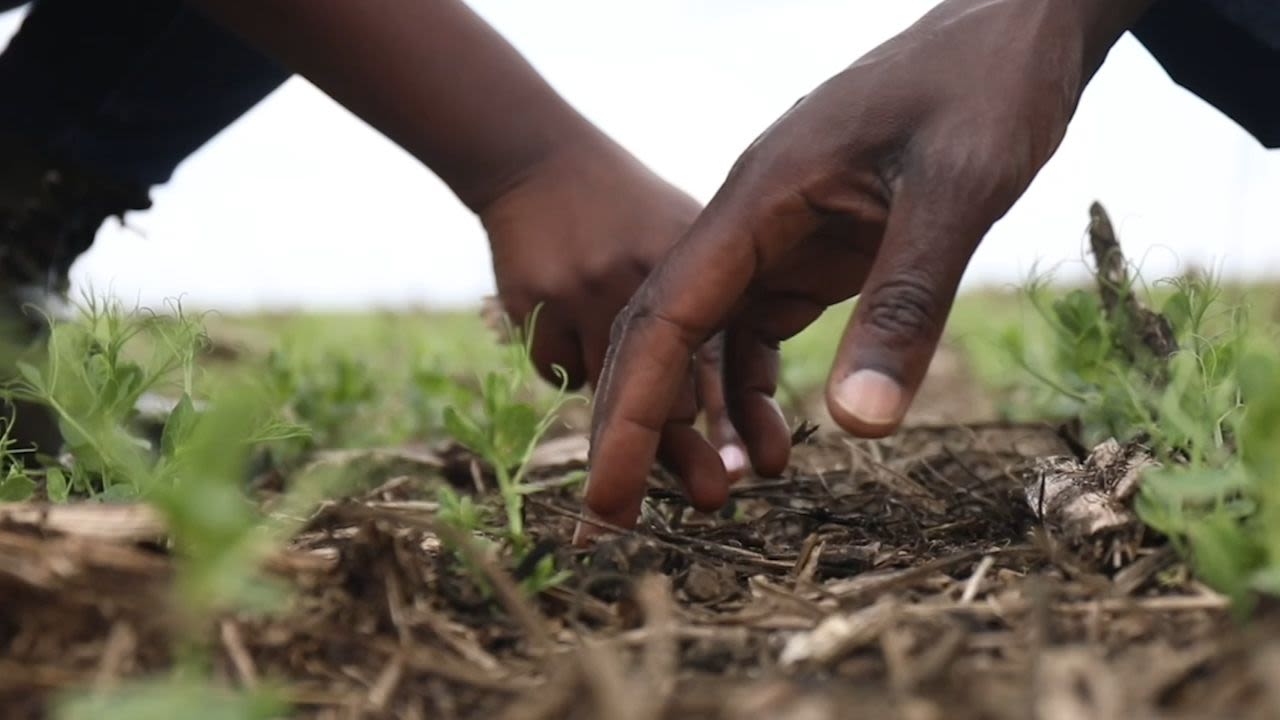Kenyan farmers
boost yields
Sustainability through regenerative agriculture

In 2008, a group of Kenyan grain farmers went on a mission to learn how farmers in different parts of the world with similar climatic conditions were striving to maintain productive cereal crops despite rising temperatures and lower winter rainfalls brought by climate change.
Their conclusion was that a secret to that success was an approach known as regenerative agriculture. It’s a method of farming that prioritizes the nurturing of soil health through practices that include no-till farming, the use of cover crops and continual crop rotation and diversification.
After discovering the potential of regenerative agriculture to boost farmers’ productivity while contributing to long-term environmental sustainability, the Kenyan grain farmers resolved to bring the practice back home.
In East Africa, farming employs an estimated 80 percent of the population and accounts for a quarter of the GDP in the region, which includes Kenya, Burundi, the Democratic Republic of the Congo, Rwanda, South Sudan, Tanzania and Uganda.
And throughout Africa, agriculture is under extreme pressure from climate change. That has led to a mounting hunger crisis in a region that, otherwise, would have the potential to be one of the world’s most abundant breadbaskets.
According to a report by the World Bank, food security on the continent declines 5 to 20 percent with each flood or drought. Without significant intervention, the problem is poised to grow more dire: Africa has the world’s fastest growing population, with the United Nations predicting that by 2050 it will be home to a quarter of the world’s people.
Agventure is born

Upon returning to Kenya after their Australian fact-finding trip, the farmers created Agventure: a farmer-owned company dedicated to leading and promoting the transition to regenerative agriculture practices. Agventure currently includes member farms stretching across more than 10,000 hectares (24,700 acres) in four Kenyan counties: Nakuru, Laikipia, Meru and Isiolo, all clustered in the country’s south-central region.
“We are here to help farmers grow their produce and products more economically and to be able to make the most yields from what they plant,” said Fredrick Otieno, Syngenta Group’s East Africa Business Area Head. “Practicing regenerative agriculture is extremely important. We really focus on teaching our farmers practices and skills to help them get better outcomes that are not only good for them as farmers but that help them get the most out of their soils sustainably.
“This is not about quick, short-term gains,” Otieno added. “It’s about ensuring long-term sustainability.”

Don White, the CEO of Agventure, with Fredrick Otieno, Syngenta Group’s East Africa Business Area Head.
Don White, the CEO of Agventure, with Fredrick Otieno, Syngenta Group’s East Africa Business Area Head.
Agventure has five areas of focus:
- Promoting the transition to no-till or low-till farming, to retain moisture and keep more carbon sequestered in the soil
- Promoting crop diversification and crop rotation
- Ensuring farmers have access to markets for crops that are newly introduced into their rotations
- Refining regenerative agriculture through research and development
- Empowering and training smallholder farmers
The training and development takes place through the Center of Excellence, a non-profit wing of Agventure focused on building the capabilities of the wider farming community. The Syngenta Foundation is a longtime supporter of the Center of Excellence.
Adopting regenerative practices

The Agventure farmers have adopted multiple regenerative agriculture practices. In a region long accustomed to “monocropping” — planting the same crops in the same fields, year after year — they now alternate among crops including maize, wheat, barley, oats, sorghum, canola, sunflowers, green peas, white peas and chickpeas.
And instead of leaving fields fallow between seasons, as was once common, they make sure farmland is covered by crops at all times. They have also transitioned away from heavy tillage, instead leaving the previous crop’s residue in the ground.
More than a decade after transitioning to regenerative agriculture practices, Agventure has seen results that include improved water retention (critical during both droughts and floods), healthier soil and increased crop resilience. The farmers have also benefited from reduced costs, saving much of the money that would have otherwise been spent on tractor fuel.
“Our cost of production has actually gone down,” said John Ochieng, crop manager of the Agventure farmin Nakuru county.
Healthy soil, healthy economy

On a recent day, Jason Kamunya, an Agventure field officer, pointed out the hallmarks of healthy soil at Agventure’s Nakuru county, Kenya farm: a dark, porous upper layer that had allowed rainwater to seep into the moist layer beneath.
“When you look at the lower zones, you will find that the water has been able to infiltrate deeper into the soil,” Kamunya noted. “We are slowly building the organic matter of the soil and helping the soil develop the capacity to retain a lot of water.” That soil, Kamunya explained, has not been tilled for 13 years.
“When we think of sustainability, it's all about resilience,” said Don White, CEO of Agventure. “Resilience is something that's really important when it comes to climate change, because we know that cycles of rain and cycles of weather will be more and more extreme as time goes by. So to have a farming system that's fit for purpose, it has to be resilient.”
As the Agventure team has discovered, the path toward resilience is regenerative agriculture.

